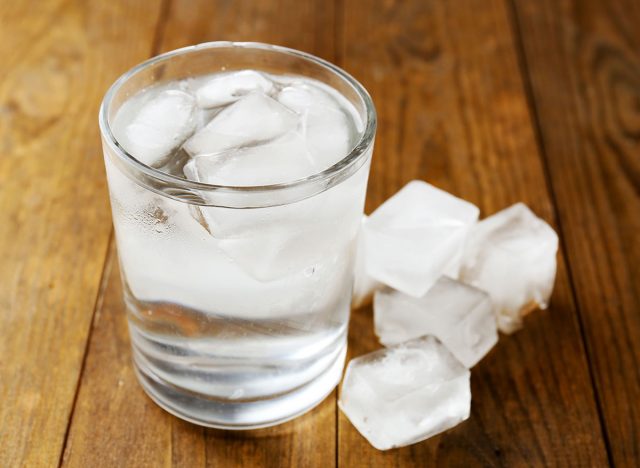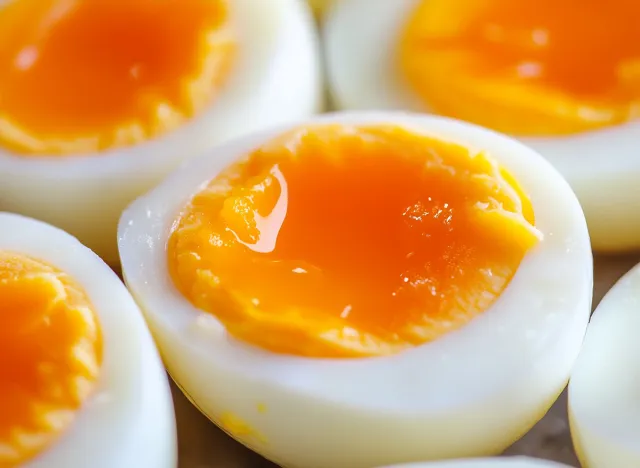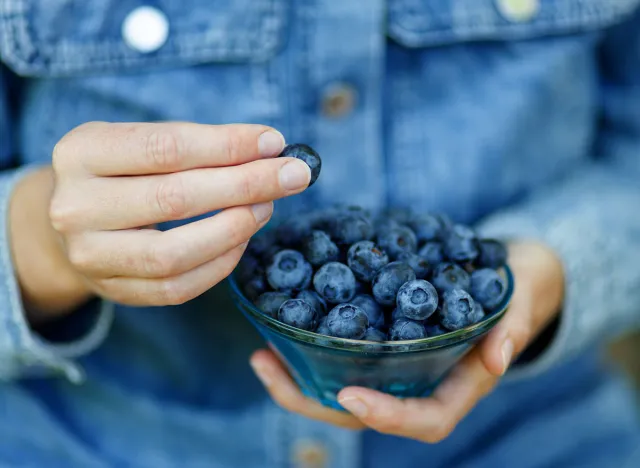8 Morning Habits That Target Stubborn Belly Fat While Boosting Energy

Starting your morning with the right routine can be a game-changer for both energy levels and fat loss, particularly around the belly. This isn't about an intense workout or an extreme diet, but a few simple, strategic steps that set your body up for all-day fat burning and keep your metabolism revved. From hydration to brief activity bursts, these quick actions work together to improve digestion, control hunger, and sustain your energy—giving you everything you need to trim belly fat and feel great. Here's a breakdown of an effective morning routine that will boost your energy and help melt away stubborn belly fat.
Start with a Glass of Ice Water

Hydrate and Kickstart Metabolism
Drinking ice-cold water first thing in the morning not only rehydrates your body after sleep but also requires your body to work a bit harder to warm it up, subtly boosting your metabolism. Staying hydrated curbs unnecessary hunger and energizes your muscles, setting the stage for efficient fat-burning throughout the day.
Do the One Minute Morning Energizer

Boost Energy with Just One Minute
This one-minute high-intensity routine wakes up your body and gives your metabolism an early boost. A quick series of high-knee marches or jumping jacks gets your heart rate up without the need for a full workout. Even this short burst of activity can improve circulation and alertness, ensuring you're burning calories as you go about your day.
Get Natural Light Exposure

Balance Hormones and Improve Mood
Natural light helps regulate your body's circadian rhythm, which in turn balances hunger hormones and boosts mood. Step outside for a few minutes or open your windows to let in sunlight. The morning light exposure supports better sleep at night, which is essential for managing stress and reducing belly fat.
RELATED: 7 Foods That Make Your Body Burn Fat More Efficiently
Have a Protein-Packed Breakfast

Fuel Up to Reduce Mid-Morning Cravings
Eating a protein-rich breakfast helps control blood sugar levels and prevents the mid-morning energy slump. Options like eggs, Greek yogurt, or a protein smoothie are ideal for keeping you satisfied, reducing cravings, and maintaining steady energy, all of which are critical for trimming belly fat.
Add Freshly Brewed Tea

Activate Fat-Burning Compounds
Freshly brewed tea, especially green tea, contains catechins and other flavonoids that enhance fat burning and curb appetite. Unlike bottled versions, brewed tea retains most of these powerful compounds, making it a natural way to stimulate your metabolism and support belly fat loss.
Practice Deep Breathing Exercises

Reduce Stress and Cortisol Levels
A few minutes of deep breathing helps manage stress, which can lower cortisol levels—a hormone linked to belly fat. Try inhaling deeply through your nose, holding briefly, then exhaling slowly. This practice helps clear your mind, lowers blood pressure, and prepares you for a productive, low-stress day.
Eat a Small Portion of High-Fiber Fruit

Aid Digestion and Boost Satiety
Adding a high-fiber fruit like an apple or berries provides natural sweetness and supports digestion. Fiber promotes a feeling of fullness and regulates blood sugar, helping you resist unhealthy snacks later on. Plus, fiber-rich foods aid in reducing belly fat over time by keeping you satisfied longer.
RELATED: She Lost 22 Pounds in 12 Weeks by Doing These 10 Things
Stretch for Flexibility and Blood Flow

Wake Up Muscles and Improve Mobility
Simple stretches, such as reaching for your toes or gently twisting your torso, get blood flowing to your muscles and improve flexibility. Stretching also alleviates stiffness, helping you feel more comfortable and energized, which makes it easier to stay active and burn calories throughout the day. By incorporating these simple morning habits, you're setting up your body to burn fat more efficiently and keep energy levels steady. Each step works together to boost metabolism, manage hunger, and promote a healthy mindset, ultimately helping you reach your belly fat loss goals. And if you enjoyed this article, take advantage of these 15 Quick Ways to Lose Body Fat Percentage in a Week.




